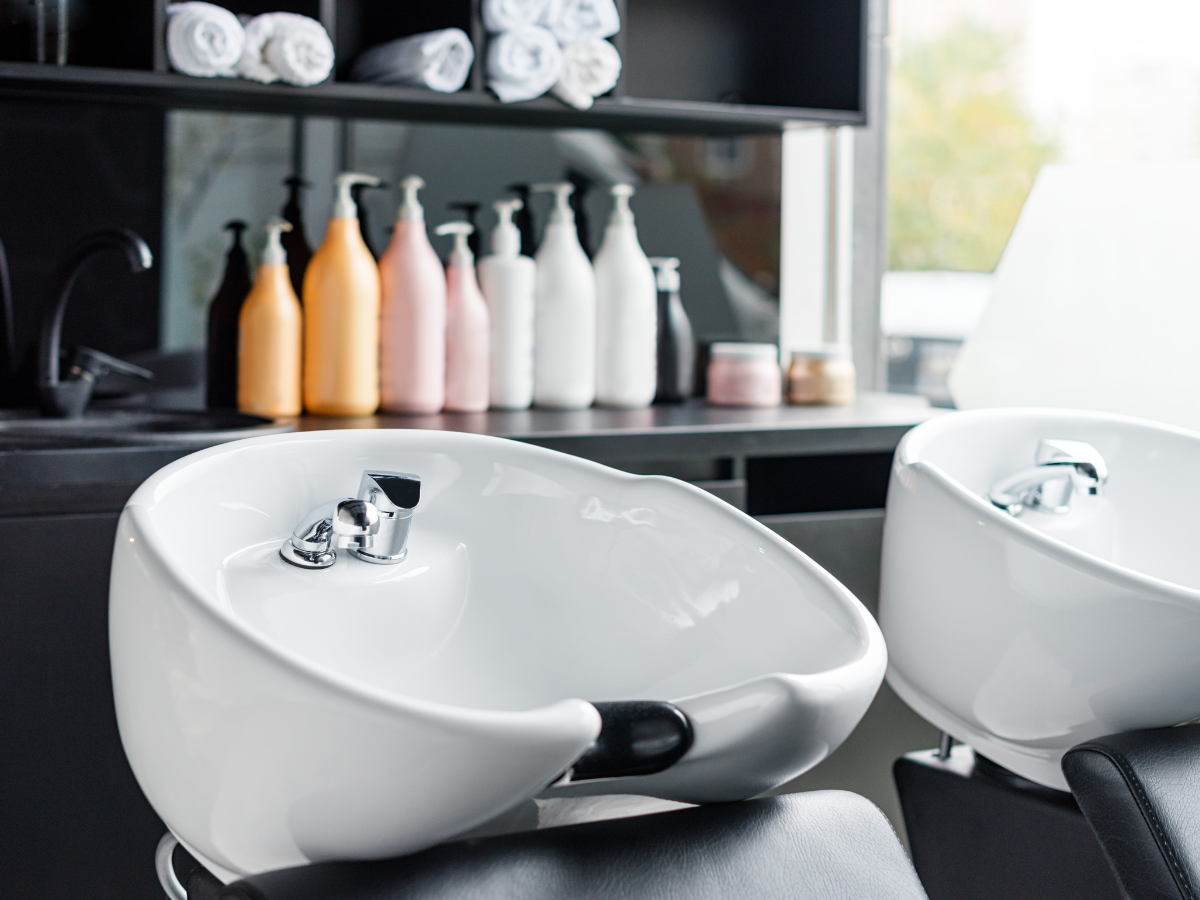New Zealand hair and beauty retail sales in salon are on the decline, new data reveals

While hair and beauty salons are primarily a service business, retail sales also account for a decent portion of revenue – or so they should be.
Data from leading salon and spa software provider Kitomba has revealed a decline in retail sales at hair and beauty salons across New Zealand.
In Q1, only 17 percent of client visits for beauty included retail sales. Diving deeper into the findings, beauty salons and skin clinics saw 0 percent year on year growth in retail sales and Q4 2022 was down by -1 percent. For hair, retails were slightly higher at 22 percent.
The data indicates that salons are not successfully or frequently selling retail to their clients, which is a huge missed opportunity for increasing revenue.
Below, Paul Carbis, a leading expert in salon business management, shares his valuable tips for getting staff more comfortable with retail sales in a salon or clinic environment.
“Every single woman I’ve ever met has got stuff. Think about your mother, your sister, your girlfriend, your daughter. They’ve all got stuff, therefore the question isn’t do people buy products, the real question is why the hell aren’t they buying it from you?!” asks Carbis.
Why can it feel so uncomfortable selling retail?
Paul: I don’t think selling anything is a natural part of our lives. We love to communicate but selling in Western culture is a bit like pushing things onto other people. Especially in the beauty industry where some of the products we sell can be quite expensive. It’s a cultural thing more than anything else, but it’s something we need to get over for lots of different reasons. The sooner you realise that it’s not such a terrible thing, the easier it becomes. The more you practice it, the better you get at it.
What’s your approach to selling retail?
Paul: The only way I can get results on someone’s skin is for them to see me regularly, to do what I tell them with what I give them, exactly how I show them at home. It’s almost more important than actually coming to see me in the salon because what you do every single day is what changes your skin.
What about when clients say no?
Paul: When people say ‘no’, they’re not saying no to me and they’re not saying, ‘Paul, I don’t like you’. They’re saying no to the idea. It could be because they just purchased a new pair of shoes and they need to check in and see what’s happening at home, or that they don’t get paid until next week. There’s always a reason and some people need to have things repeated to them several times before they can make decisions.
Many people have been purchasing the same products from the same place for years, so the concept of change is something they need to work through. When we get that through our heads, the idea of getting a rejection now and again isn’t personal. Half of those people will come back during the week and do exactly what you asked them to do in the first place. When you switch your focus from selling to helping, if they say no it’s not an attack on you, it’s just them saying not right now.
What kind of target should salons be aiming for?
Paul: If I was coaching your salon, the KPIs that I would be looking at in beauty is a one-in-three hit rate. In other words, if you saw 30 customers for the week you would need to have a minimum of ten retail sales. The second KPI is that retail home care products need to make up around about 30 percent of a beauty therapist’s total income for the week and about 20 percent of a hairdresser’s total income for the week. How do I know this? I visit about 100 salons a year. This is what a good therapist can achieve. There are no industry standards. There are no industry KPIs. However, this is the expectation for all the salons I coach. A one in three hit rate and about 30 percent of their total income coming out of home care sales.
It’s pretty easy to look at Kitomba and have a look at whether I am achieving those two figures.
Do I ask for that immediately? No. I believe in a step-up system where you would give yourself a target of maybe three sales a week, then maybe five sales a week, then $500 a week, then maybe $600.
I’ve had very experienced staff who weren’t making anywhere these numbers. However, the minute I pointed it out, their performance increased quickly. So, it’s not a taboo area that you should be scared of talking about. Better still, if it provides your clients with an improvement in their skin or hair, and helps retention, then it’s essential.
